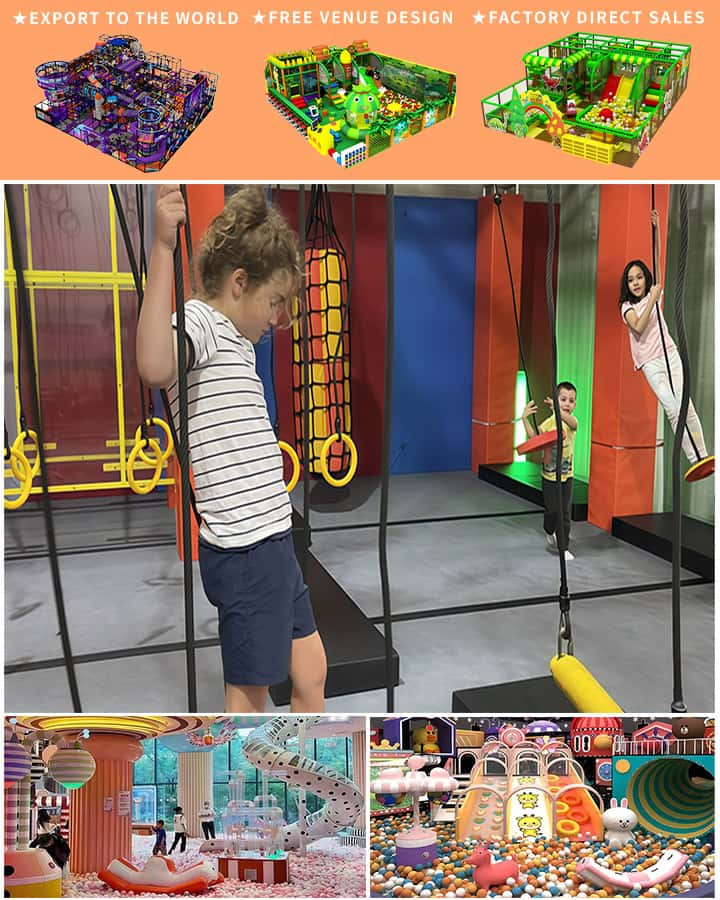When it comes to setting up an amusement park, one of the most crucial aspects is understanding the cost associated with various pieces of equipment. Amusement park rides and attractions not only define the experience for visitors but also significantly impact the budget for any new or expanding park. This article delves into the diverse range of amusement park equipment prices, providing insights into what operators can expect when planning their investments.
Types of Amusement Park Equipment
Amusement parks feature a wide array of rides and attractions, each varying in type, complexity, and cost. Here are some of the primary categories:
Thrill Rides: These include roller coasters, drop towers, and rapid-motion rides designed to provide high adrenaline experiences. The price for these rides typically starts from \(1 million and can go up to \)15 million depending on complexity and brand.
Family Rides: Gentler rides suitable for families with children, such as carousels, Ferris wheels, and log flumes, generally range from \(300,000 to \)5 million. These rides often attract a broader audience and are essential for family-friendly parks.
Water Rides: Log flumes and water slides fall under this category. While simple splash pads may start at around \(100,000, larger and more complex systems can reach up to \)8 million.
Interactive Attractions: Including arcade games, virtual reality setups, and simulators, these attractions can range widely in price. Simple VR units might start at \(5,000, while full-scale interactive zones could exceed \)1 million.
Midway Games and Stalls: Traditional fun fair games and stalls are relatively affordable, ranging from \(5,000 to \)50,000 each. They add nostalgic charm and offer additional revenue streams through prizes and concessions.

Theme Park Trains and Trams: Small shuttle trains or trams used for transport within the park usually cost between \(200,000 and \)1 million.
Dining and Retail Facilities: Concessions, food courts, and merchandise shops are essential for any amusement park. Depending on scale and design, these facilities can range from $100,000 to several million dollars.
Factors Influencing Costs
Various factors contribute to the overall expense of amusement park equipment:
Complexity and Size: Larger, more intricate rides require more materials, advanced engineering, and extensive safety measures, all contributing to higher costs.
Brand and Quality: Established brands with reputations for reliability and safety tend to charge premium prices. However, they offer peace of mind and long-term benefits.
Customization and Theming: Tailoring rides to fit specific themes or narratives adds to production costs due to unique design elements, specialized manufacturing, and additional testing requirements.
Shipping and Installation: Transporting large ride components and installing them at the park’s location incur significant additional expenses. Professional installation ensures compliance with local regulations and optimal performance.
Maintenance and Support: Ongoing maintenance, parts replacement, and technical support are vital for the safe operation of amusement rides. These recurrent costs should be accounted for in long-term financial planning.
Budgeting Tips for Amusement Park Operators
To manage expenses effectively while ensuring a thrilling guest experience, amusement park operators can employ the following strategies:
Prioritize Key Attractions: Start by investing in a few high-impact attractions that align with your park’s theme and target audience. Gradually expand the offerings as the business grows.
Research and Compare Vendors: Obtain quotes from multiple manufacturers and suppliers to ensure competitive pricing without compromising quality.
Consider Pre-Owned Equipment: Purchasing used rides can significantly reduce initial outlays. Ensure thorough inspections and necessary upgrades to meet current safety standards.
Plan for Seasonal Demand: Design flexible attractions that cater to different seasons or events, maximizing usage rates throughout the year.
Leverage Financing Options: Explore leasing, financing, or partnership opportunities to spread out capital expenditure over time.
In conclusion, establishing an amusement park involves substantial investment in various types of equipment, each with its own price range influenced by numerous factors. By carefully considering priorities, conducting thorough research, and exploring financing options, park operators can create a memorable and profitable venture for visitors of all ages.




